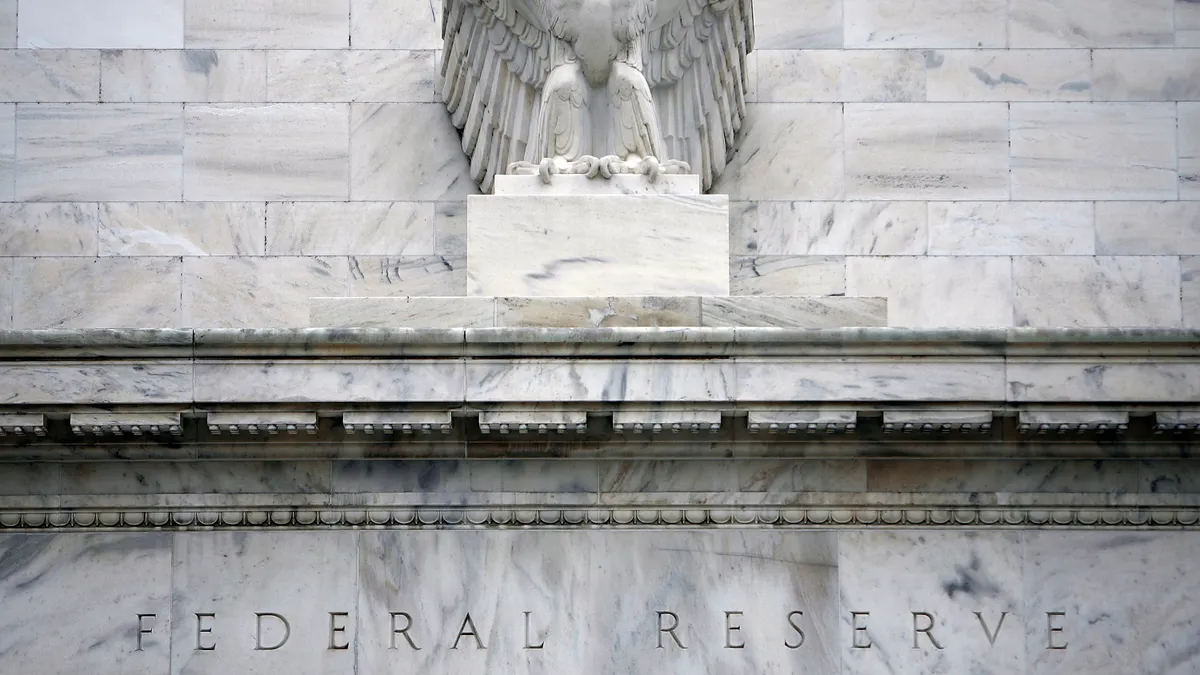Advancing cross-border payments will require additional research and international collaboration and should include a focus on financial inclusion, according to a Federal Reserve governor who spoke last week in South Africa.
In a speech before the 19th Basel Committee on Banking Supervision-Financial Stability Institute High-level meeting for Africa in Cape Town, Fed Governor Michelle Bowman on Thursday spelled out the issues revolving around improving cross-border payments and ensuring inclusion in the worldwide payment systems.
“Faster, cheaper, more transparent and more inclusive cross-border payment services offer widespread benefits for citizens and economies around the world, with the potential to support economic growth, international trade, global development, and financial inclusion,” Bowman said in the speech, according to the text of her remarks. The gathering was hosted by the South African Reserve Bank, with involvement from the Financial Stability Institute of the Bank for International Settlements.
Bowman referenced the G20 goals for improving cross-border payments as detailed in its Roadmap for Enhancing Cross-Border Payments as an “instructive example of collaboration,” without discussing the status of those objectives or U.S. support for them in particular.
Remittances, or payments mainly sent by migrants working in a foreign country to friends and family in another country, have been of particular concern for the international community because of their high expense. The G20 has laid out a goal of ensuring that no cross-border payments costs more than 3% of the money being transferred, but it has remained closer to twice that percentage, according to a G20 goals update last year.
Generally, Bowman suggested that some of the “friction” inherent in the multilayered, cross-jurisdictional and multi-currency cross-border payments system could be removed to reduce complexity that slows payments and makes for increased costs. Still, she argued that some of the friction may naturally result from policymakers’ needs worldwide to protect parties involved in transactions and to safeguard the broader financial system. Some friction may also be the result of consumer and business preferences, she noted.
“There are many tools to consider—such as infrastructure improvements, sharing best practices across jurisdictions, improving data flows, and recognizing innovative technologies and business models. This work will likely require a combination of these tools to reduce unnecessary frictions while still achieving significant policy goals,” Bowman said.
She noted that technology tools that “automate processes, reduce costs, and promote effective safeguards across jurisdictions” may help improve the cross-border payments network.
The Fed official also voiced her support for a worldwide system that is more financially inclusive, though she said that each country will have its own factors to contend with in making their individual systems more inclusive.
“Many features of the payment system—such as access, cost, and speed—have profound implications for financial inclusion,” Bowman said. “The payment system and the broader economy are most efficient and effective when there is broad participation, when unnecessary frictions are minimized, and when banks, especially smaller financial institutions, can provide services to meet consumer demand in a safe and sound manner.”
In the U.S., Bowman noted “consumers come from a wide range of economic circumstances; have varied perceptions of and experiences with the banking system; and, most importantly, have different needs when it comes to financial products and services.”
She suggested that private business and public sector actors will need to work together to improve the cross-border system. Both companies and governments have offered some technological tools for the new digital system that could be beneficial for improvements. She noted the Fed’s creation of the real-time payments system FedNow last year and the Fed’s commitment to adopt the new ISO 20022 messaging standard by March 2025.
“Policymakers must continue to consider opportunities to improve domestic and cross-border payment and settlement infrastructures and seek to further broader access to the financial system,” she said, noting there will be tradeoffs when it comes to opportunities, challenges and risks across jurisdictions.
She also cautioned against relying too heavily on technology to resolve remaining trouble spots in the cross-border payments system. “Our progress will likely be incremental and slow, requiring a longer-term view,” Bowman said. “The safety of our financial system requires that we get this right, and our pursuit of improvements in the payments system must avoid the temptation to rely on new technology alone.”





















